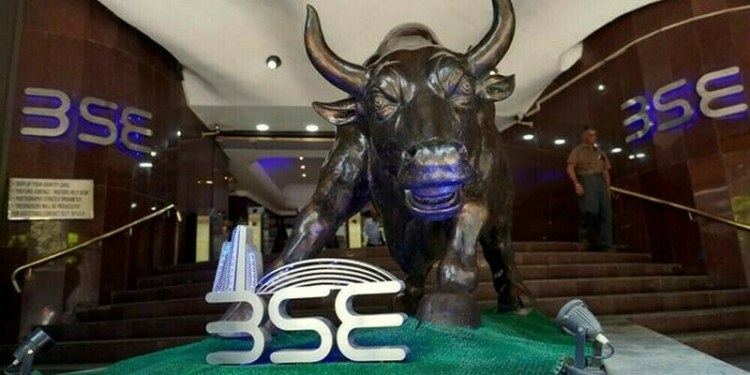Imports have gone up substantially during last couple of years across several rubber product categories. According to Chemical and Allied Export promotion Council [Capexil] data, import of latex, dipped & medical rubber products including contraceptives has gone up from $ 48.77 million in 2011-12 to $ 64.18 million in 2014-15, recording a whopping 32% jump in just two years.
 The inverted duty structure and the various trade agreements between India and South East Asian countries are the main villain in the game as import is much cheaper than producing in India. The increase in cost of production, availability of raw materials like natural rubber and advent of imported goods in the market have put the local manufacturers in doldrums. Lately other countries like Vietnam have emerged as tough competitors to Chinese goods. So a large chunk of Indian manufacturers have become distributors of rubber products.
The inverted duty structure and the various trade agreements between India and South East Asian countries are the main villain in the game as import is much cheaper than producing in India. The increase in cost of production, availability of raw materials like natural rubber and advent of imported goods in the market have put the local manufacturers in doldrums. Lately other countries like Vietnam have emerged as tough competitors to Chinese goods. So a large chunk of Indian manufacturers have become distributors of rubber products.
According to Mohinder Gupta, president, All India Rubber Industries Association [AIRIA] this is obvious in the case of balloons as 80 per cent of the balloon manufacturing units have vanished from the scene. They now distribute balloons imported from China. Speaking to Business Standard he said that the import duty of latex, the main raw material in making balloons, is 70 per cent, while the import duty of balloon is just 10 per cent. The local price of latex is higher than that of countries like Thailand and Malaysia. There is no lvele playing field for the Indian companies in this sector. Hence there will not be any balloon making units in the country within a few years time.
A substantial part of rubber balloon industry in India has turned traders importing and distributing amongst their agents across India. Dahanu in Maharashtra, which was once a hub for rubber balloons, wears a deserted look leading to thousands of job losses in the manufacturing sector. Same is the case with Rubber rice rollers. Government, instead of promoting domestic manufacturing of rubber de-husking rollers has signed FTAs to import rubber rollers at nil rates of duty. On the other hand, rubber needed to manufacture these rollers in India attracts 25 per cent duty.
He said that rice de-husking rollers attract nil duty as this is part of rice making machinery. The machines and parts of rice making industry attract nil duty. Overall the import duty cost comes to the tune of 7-10 per cent only across various products, including automotive tyres, which literally kills the local rubber based units. The major raw materials for rubber based goods like latex attracts 70 per cent duty and natural rubber attracts 25 per cent. Other raw materials have a duty of 10 per cent on an average. The local prices of these items are much higher compared to other countries. Hence companies, especially in the MSME sector can not survive under the present duty structure and market conditions in India. Gupta said that more than 30 per cent of 5500 plus MSME units in the country had either shut down or opted distribution of imported goods.
Apart from China, which contributes the lion’s share of imports to India, in recent years Vietnam, Thailand and Malaysia have be importing various rubber products to India. For example, a major chunk of the Indian hospitals use medical and surgical gloves imported from Malaysia. Malaysia is leading this sector across the world and they are unbeatable on the price and quality fronts. Apart from balloons, rubber rollers, v-belts, rubber sheets, hoses, medical and surgical gloves, automotive parts and contraceptives are the main items dumped to India.




























